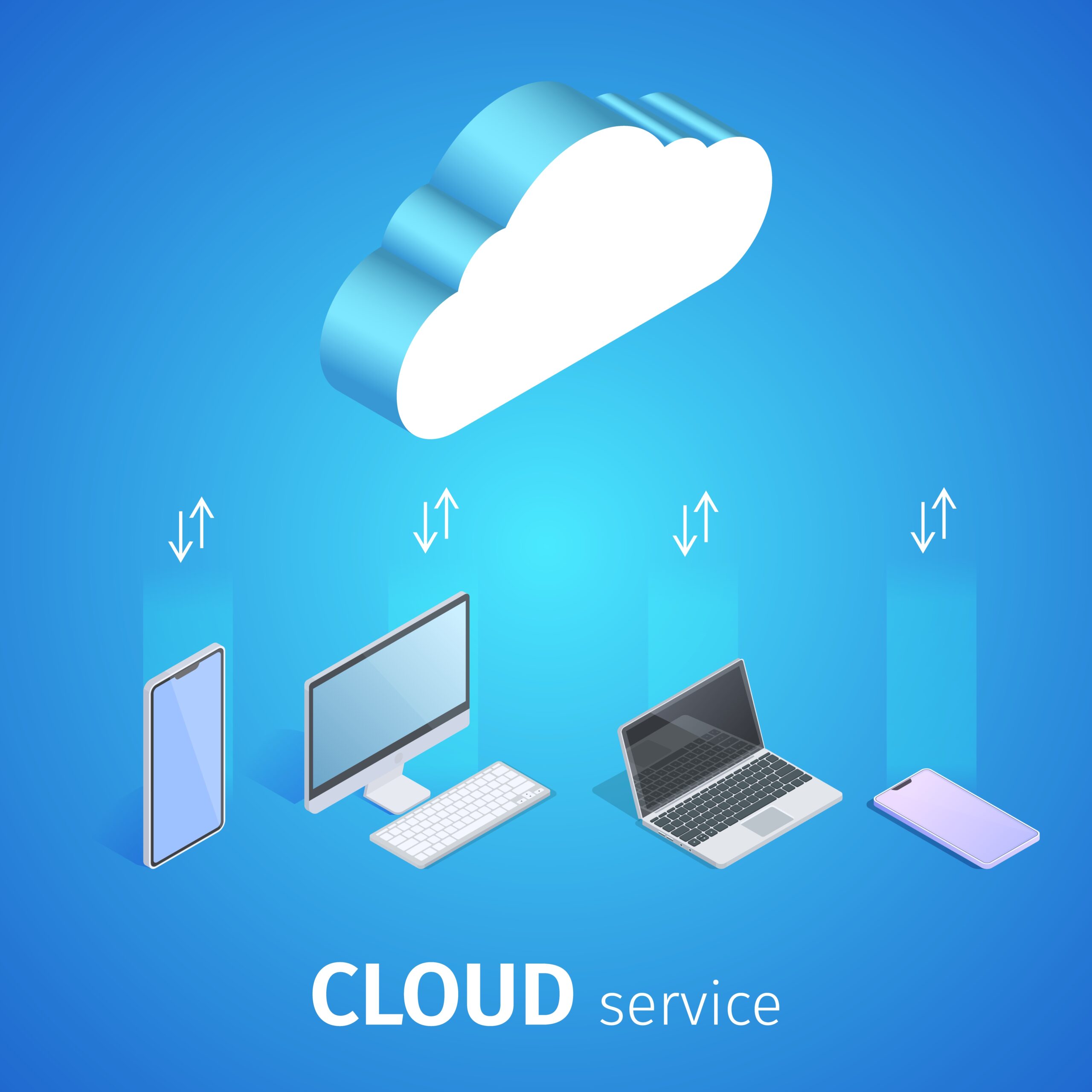Cloud Computing Rise | DataOps IT

Not too long ago, storing data meant using USB drives, hard disks, or even piles of paperwork. Software had to be installed using CDs, and servers had to be physically maintained on-site.
Today, that world has changed—dramatically.
Thanks to cloud computing, companies and individuals now have access to storage, software, and computing power through the internet. It’s faster, cheaper, and more flexible. In just over a decade, the cloud industry has grown from a niche technology to a cornerstone of the digital economy.
Let’s take a closer look at how the cloud industry rose to dominance, what’s fueling its growth, and how it’s impacting the way we live and work.
What is Cloud Computing, Really?
Before diving into the rise, it helps to understand what cloud computing actually means.
Simply put, cloud computing is the delivery of computing services—including servers, storage, databases, networking, software, and more—over the internet. Instead of buying and maintaining physical servers, users can rent computing resources on demand.
There are three main types of cloud services:
- IaaS (Infrastructure as a Service) – Provides raw computing resources like virtual machines, storage, and networks (e.g., Amazon Web Services – AWS).
- PaaS (Platform as a Service) – Offers a platform to build, test, and deploy applications (e.g., Google App Engine).
- SaaS (Software as a Service) – Delivers software over the web, usually on a subscription basis (e.g., Gmail, Zoom, Dropbox).
How Did the Cloud Industry Begin?
The concept of cloud computing dates back to the 1960s, but it really started to take off in the early 2000s.
One of the earliest breakthroughs came in 2006, when Amazon launched AWS (Amazon Web Services). What started as a side project to help Amazon’s internal operations quickly became a multi-billion dollar platform offering computing power and storage to external developers and businesses.
After that, other major tech players entered the scene:
- Microsoft launched Azure in 2010
- Google introduced Google Cloud Platform
- IBM, Oracle, and Alibaba followed with their own cloud services
From there, the industry exploded.
Why Has the Cloud Industry Grown So Fast?
Several key factors have contributed to the rapid rise of the cloud industry:
1. Cost Efficiency
Cloud computing reduces the need for expensive hardware, maintenance, and IT staff. Companies only pay for what they use, making it ideal for startups and large enterprises alike.
2. Scalability
Cloud platforms allow businesses to scale up or down instantly based on demand. This is especially useful for industries with seasonal spikes or fast growth.
3. Remote Work & Global Teams
With the rise of remote work, cloud tools like Google Drive, Microsoft 365, Slack, and Zoom have become essential for collaboration and file sharing across time zones.
4. Speed and Agility
Businesses can launch new apps, services, or websites faster with the cloud. What once took months can now be done in days—or even hours.
5. Security & Backup
Leading cloud providers offer enterprise-grade security, automatic data backup, and disaster recovery—features that would be expensive to manage internally.
Real-World Impact of the Cloud
The cloud isn’t just for tech companies—it’s powering everything from your favorite apps to large-scale enterprises in healthcare, finance, education, and manufacturing.
Business Transformation
Startups now launch products without investing in infrastructure. Enterprises migrate old systems to the cloud to modernize operations.
Healthcare
Hospitals use cloud systems for managing patient records, scheduling, and even AI-driven diagnostics—all while keeping data secure.
Education
Schools and universities now run virtual classrooms and manage coursework through cloud-based platforms.
Retail
Online shopping platforms rely on cloud computing to manage inventory, customer data, and real-time recommendations.
From Netflix streaming to banking apps to smart home devices—the cloud powers it all.
Key Players in the Cloud Industry
The cloud industry is now dominated by a few major players:
- Amazon Web Services (AWS) – Market leader with global data centers
- Microsoft Azure – Strong in enterprise, hybrid cloud, and Office 365 integration
- Google Cloud – Known for analytics, AI, and machine learning tools
- Alibaba Cloud – Dominant in Asia-Pacific markets
- IBM Cloud & Oracle Cloud – Popular in niche enterprise applications
These companies continue to innovate rapidly, driving the next generation of cloud technology.
Future Trends in Cloud Computing
The rise of the cloud industry is far from over. Here’s what the future looks like:
Multi-Cloud & Hybrid Cloud
Companies increasingly adopt a mix of cloud providers or combine public and private clouds for more flexibility and risk management.
AI and Machine Learning
Cloud platforms now offer AI tools that help businesses predict trends, automate tasks, and personalize experiences—all in real time.
Edge Computing
Data is processed closer to where it’s generated (e.g., in IoT devices), reducing latency and bandwidth use.
Sustainability
Cloud companies are investing in green data centers powered by renewable energy to reduce environmental impact.

The Cloud is No Longer Optional
For businesses today, adopting cloud computing is no longer a “nice-to-have”—it’s a necessity. The cloud has become a foundation for innovation, growth, and resilience.
And for everyday users, it quietly powers the apps we use, the files we share, the media we stream, and the services we rely on.
The rise of the cloud industry is not just a tech trend—it’s a fundamental shift in how we live and work.
Final Thoughts
The growth of the cloud industry represents one of the most important technological shifts of the 21st century. It has made technology more accessible, affordable, and scalable than ever before.
Whether you’re a business owner looking to cut IT costs, a developer building the next big app, or a student collaborating on a group project—the cloud is working behind the scenes to make it all possible.
It’s not just about storage or servers anymore. It’s about speed, efficiency, and innovation—on a global scale.
The cloud is here to stay. The question is: How will you use it next?


